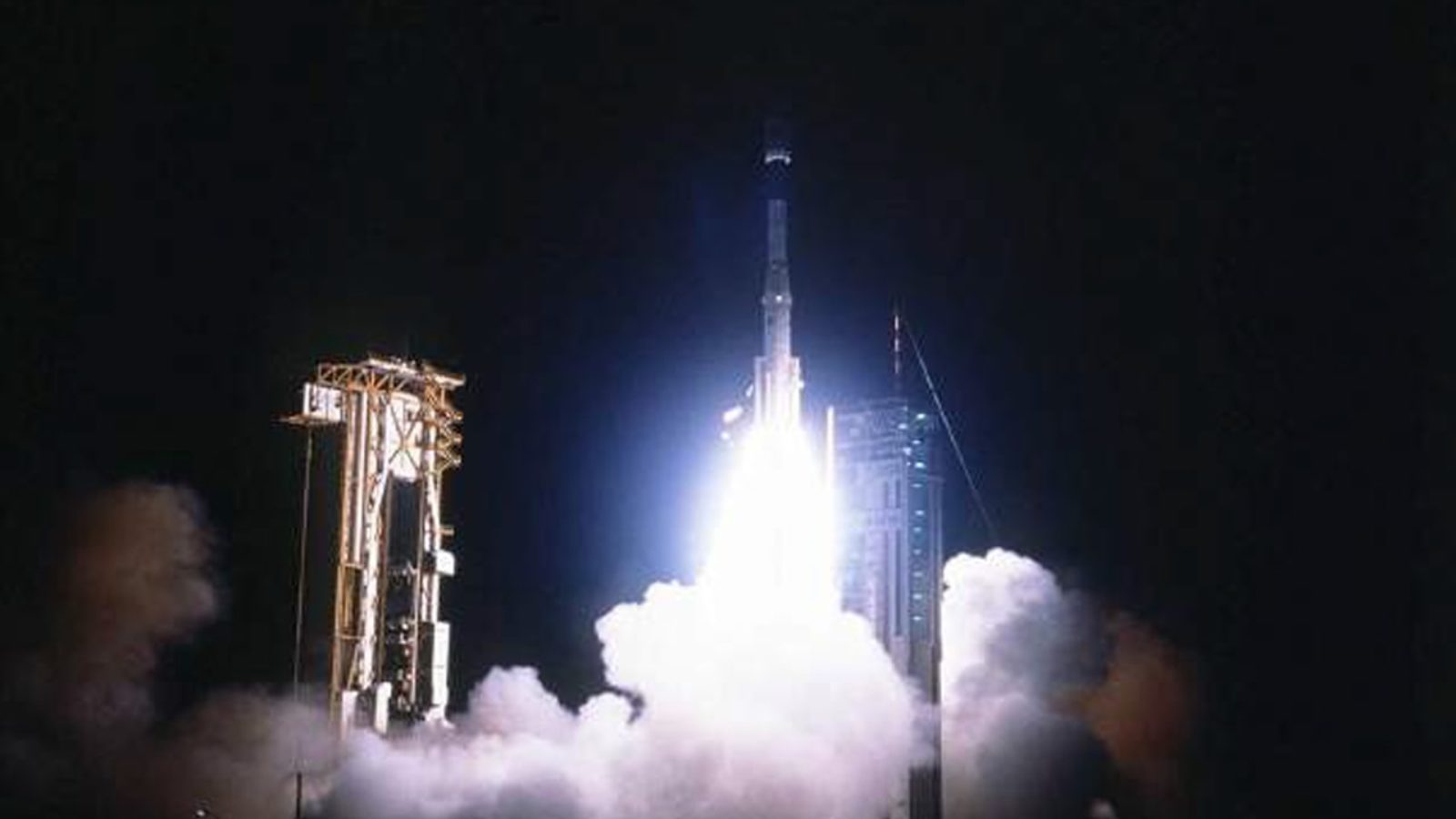
Rotate your tablet
for a better experience


Rotate your tablet
for a better experience

Today we are celebrating the Ariane launch of the TOPEX/Poseidon mission. Take a deep dive into our archives to relive this historic moment!
The Franco-American TOPEX/Poseidon satellite was designed to study oceanographic phenomena and topography. It was launched on10 August 1992 for CNES and NASA, atop an Ariane 42P.
This was the first large oceanographic research satellite, capable of providing data that had never before been obtained. For the first time, the theoretical ocean circulation models could be compared with concrete, continuous observations of the planet and these data could be used for global climate predictions.
Ariane 4 placed the satellite in a circular orbit at an altitude of 1,330 km, enabling it to cover 95% of the world’s ice-free oceans once every 10 days.
TOPEX/Poseidon was a highly talented satellite in terms of altimetry, a radar technique used to measure sea levels, offering an incredible accuracy of 4.2 cm.
One of its most significant successes was to enable scientists to observe the first manifestations of the El Niño/La Niña event in 1997-1998 and thus improve our understanding of the role of the oceans in the climate system. The mission’s most important contribution was to determine the movements of warm currents around the globe, which is a crucial factor in studying the ecosystem of our planet.
Using these data, the scientists were able to develop models of how the oceans work, produce the most precise global tide charts ever made and even improve knowledge of the Earth’s gravity field.
The satellite was designed to provide data for three years, but carried on well beyond its initial continuous observation mission, remaining operational and providing data of unprecedented quality for more than 13 years!
TOPEX/Poseidon revolutionized climatology, by supplying new data that could only be obtained from space, thanks to Ariane.